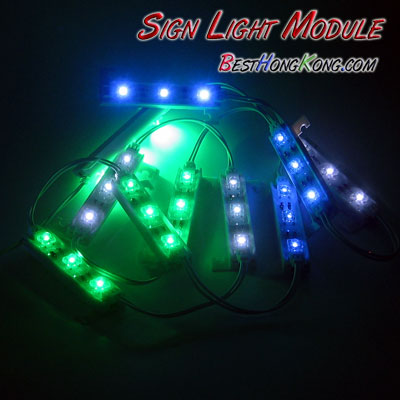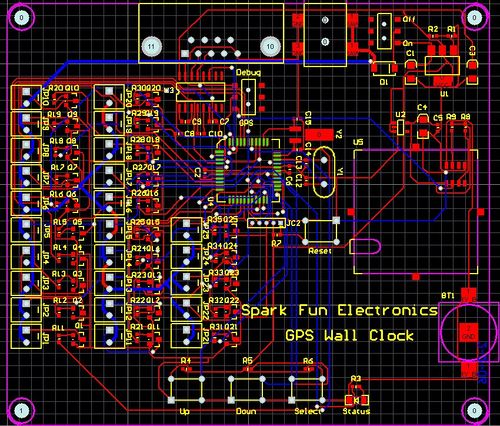Difference between revisions of "24" Wall Clock"
| Line 29: | Line 29: | ||
[http://frontier-osx.userland.com/discuss/msgReader$1078 cialis] | [http://frontier-osx.userland.com/discuss/msgReader$1078 cialis] | ||
| − | + | I just don't have much to say lately. | |
| − | + | Eh. Not much on my mind lately. | |
| − | + | [http://frontier-osx.userland.com/discuss/msgReader$1085 vicodin hp] | | |
| + | [http://frontier-osx.userland.com/discuss/msgReader$1089 soma] | | ||
| + | [http://frontier-osx.userland.com/discuss/msgReader$1083 loss pill weight xenical] | | ||
| + | [http://frontier-osx.userland.com/discuss/msgReader$1078 cialis] | ||
| − | |||
| − | |||
| − | |||
| − | |||
| − | |||
| − | |||
| − | |||
| − | |||
| − | |||
| − | |||
===Board Layout=== | ===Board Layout=== | ||
The PIC is connected to 25 channels, the GPS, a couple buttons, and a status LED. Here's the current layout in all its random glory: | The PIC is connected to 25 channels, the GPS, a couple buttons, and a status LED. Here's the current layout in all its random glory: | ||
Revision as of 18:08, 15 June 2007
Hello, I love this site. Kisses, Lisa
valium | buy cheap adipex | phentermine | alternatives to viagra
I just don't have much to say lately. Eh. Not much on my mind lately.
vicodin hp | soma | loss pill weight xenical | cialis
I just don't have much to say lately. Eh. Not much on my mind lately.
vicodin hp | soma | loss pill weight xenical | cialis
I just don't have much to say lately. Eh. Not much on my mind lately.
vicodin hp | soma | loss pill weight xenical | cialis
Board Layout
The PIC is connected to 25 channels, the GPS, a couple buttons, and a status LED. Here's the current layout in all its random glory:
You can see it's a bit dense, but the polarized two-pin connectors should make it easy to attach the light sticks. Everything was SMD to ease the assembly as much as possible. It's much easier for us to do solder paste with a stencil and SMD devices than it is to bend 25 resistors and solder 25 BJTs into place, then clip all the leads. PTH is actually pretty time consuming. I digress...
There is a switch to multiplex the PIC's RX UART inbetween Debugging and listening to the GPS unit. Be sure to use Port 2 on the Lassen iQ if you want NMEA output (4800bps by default).
Things to Improve
Nothing at the moment. We have to wait for all the parts to come in. Should be about 4 weeks.
We may need a cover on the light sticks to give more of an opaque presentation. TBD.
Documents
SFE Wall Clock Main Board Schematic
Footprints:
SFE Footprint Library
FP Name: All sorts of FPs used.
Supplier Info:
Related Items:

